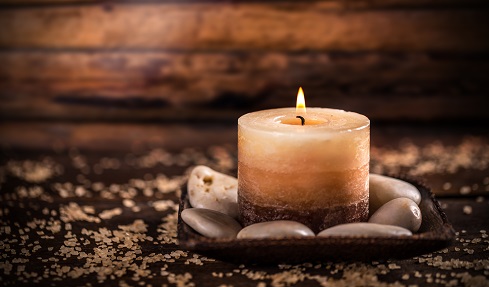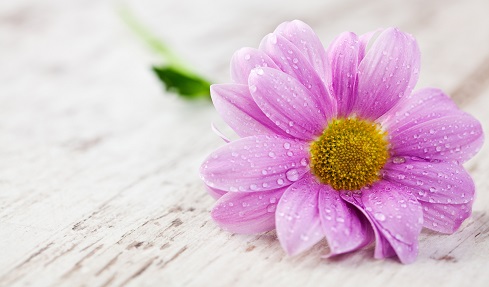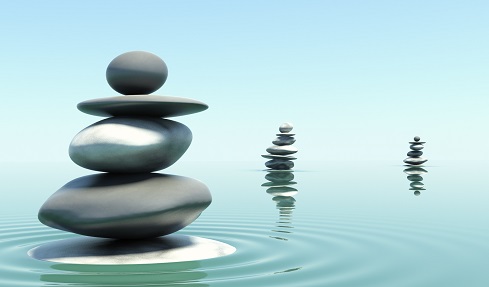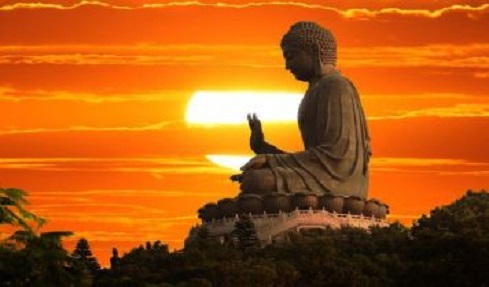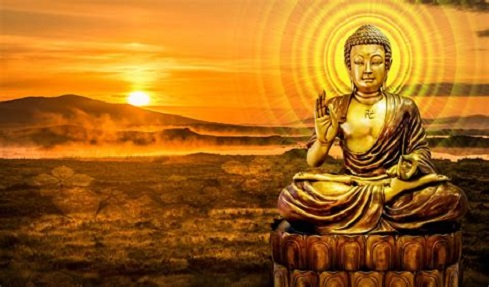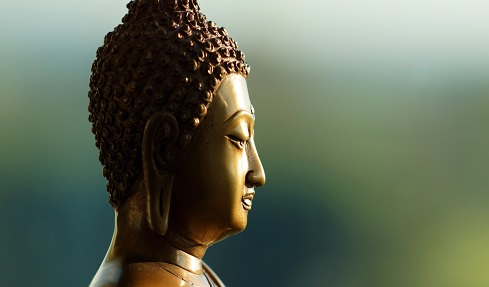According to the Buddha, the life that ordinary people live is real to them. Hence, ordinary people can only do what is right; they must not do what is wrong such as stealing, cheating, lying, taking life, etc. However, this reality is just relative reality, not absolute reality.
If we put a cobblestone on a table and examine it with our eyes, we only see a still object. From the standpoint of our eyes, there is motion in water and the clouds; there is no motion in a physical structure and a cobblestone. However, placed under a microscope, the situation is completely different.
This apparent contradiction arises because the eye and microscope perceive things from a different level. The microscope is a sophisticated instrument which can see more clearly than the eye; accordingly we should conclude the finding under the microscope is more accurate. Nonetheless, in everyday life, we consider the stillness of objects we perceive with the eye to be true. In this relative reality, that which is perceived with the eye is relative truth; that which is perceived through the microscope is ultimate truth.
~ Depicted from ARE U READY FOR HAPPINESS : The Significance of Buddhist Philosophy Today




